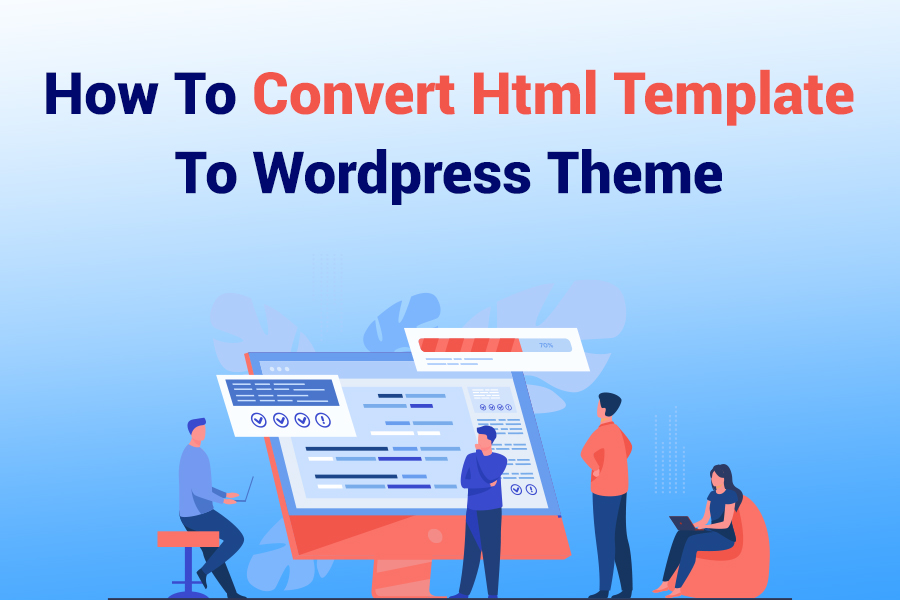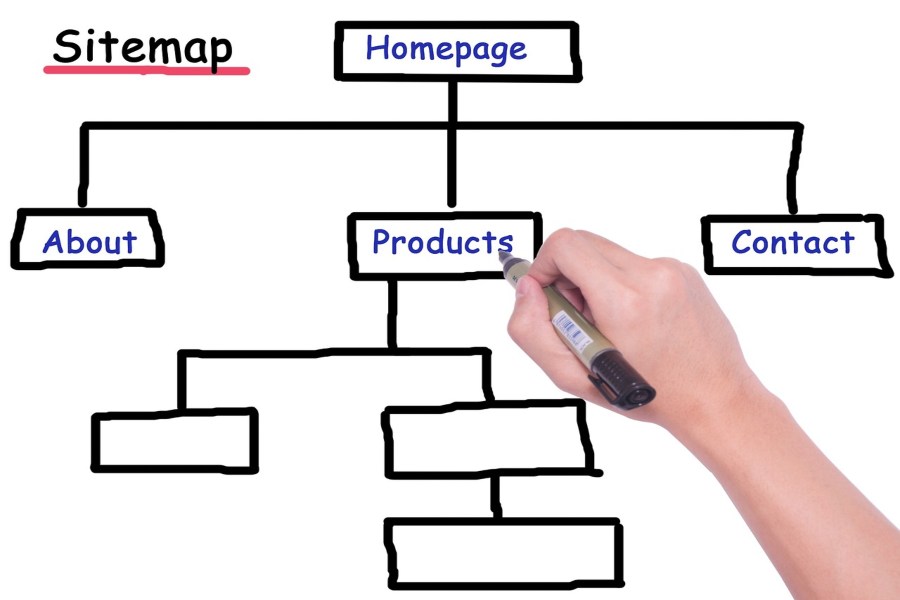
Transforming a static HTML template into a dynamic WordPress theme unlocks powerful content management capabilities while preserving your custom design. This process bridges the gap between frontend aesthetics and backend functionality, enabling non-technical users to manage content through WordPress’s intuitive interface. Understanding how to convert HTML template to WordPress theme requires methodical planning, PHP integration, and adherence to WordPress coding standards. This guide provides a structured approach for developers and designers seeking to leverage WordPress’s ecosystem without sacrificing their unique design vision.
Prerequisites for Theme Conversion
Before diving into the conversion process, ensure you have:
- A fully functional HTML template with CSS and JavaScript files
- Local WordPress installation (via XAMPP, MAMP, or Local by Flywheel)
- Code editor (VS Code, Sublime Text)
- Basic PHP knowledge
- Understanding of WordPress template hierarchy
Organize your HTML template assets logically: separate CSS, JavaScript, images, and font files. WordPress requires specific file structures, so create a new theme folder in wp-content/themes/ with a unique name. This folder will house your converted theme files, starting with the mandatory style.css and index.php.
Structural Breakdown of WordPress Themes
WordPress themes rely on a modular file structure. Unlike monolithic HTML files, WordPress uses:
- Template files (
header.php,footer.php,sidebar.php) - Content templates (
single.php,page.php,archive.php) - Functional files (
functions.php)
This modular approach allows reusable components across different content types. When learning how to convert HTML template to WordPress theme, dissect your HTML into these segments. Identify repeating elements (headers, footers) and content-specific sections to determine which WordPress template files you’ll need.
Creating the Foundation Files
Begin with two essential files:
- style.css: Contains theme metadata and styles. Add this header comment:
/*
Theme Name: Your Theme Name
Theme URI: https://example.com/
Author: Your Name
Author URI: https://example.com/
Description: Description of your theme
Version: 1.0
License: GNU General Public License v2 or later
License URI: http://www.gnu.org/licenses/gpl-2.0.html
Text Domain: your-theme-slug
*/- functions.php: Enqueues scripts/styles and adds theme support. Use
wp_enqueue_style()andwp_enqueue_script()to load assets:
function theme_assets() {
wp_enqueue_style('main-style', get_stylesheet_uri());
wp_enqueue_script('main-script', get_template_directory_uri() . '/js/main.js', array(), '1.0', true);
}
add_action('wp_enqueue_scripts', 'theme_assets');Converting HTML Components to WordPress Templates
Header and Footer Transformation
- Split your HTML into
header.phpandfooter.php - Replace static elements with WordPress functions:
- Navigation menus:
wp_nav_menu() - Site title:
bloginfo('name') - Logo:
get_custom_logo()
- In
header.php, add:
<!DOCTYPE html>
<html <?php language_attributes(); ?>>
<head>
<meta charset="<?php bloginfo('charset'); ?>">
<meta name="viewport" content="width=device-width, initial-scale=1">
<?php wp_head(); ?>
</head>
<body <?php body_class(); ?>>- In
footer.php, include:
<?php wp_footer(); ?>
</body>
</html>Implementing The Loop for Dynamic Content
WordPress’s “Loop” fetches and displays content. Convert your main content area in index.php:
<?php get_header(); ?>
<div class="content-area">
<?php if ( have_posts() ) : ?>
<?php while ( have_posts() ) : the_post(); ?>
<article id="post-<?php the_ID(); ?>" <?php post_class(); ?>>
<h2><a href="<?php the_permalink(); ?>"><?php the_title(); ?></a></h2>
<div class="entry-content">
<?php the_excerpt(); ?>
</div>
</article>
<?php endwhile; ?>
<?php endif; ?>
</div>
<?php get_footer(); ?>This structure replaces static HTML content with dynamic WordPress posts. For custom post types or layouts, create specific template files like single-{post-type}.php.
Integrating WordPress Functionality
Menu Registration
Add navigation support in functions.php:
function register_theme_menus() {
register_nav_menus(array(
'primary-menu' => 'Primary Menu',
'footer-menu' => 'Footer Menu'
));
}
add_action('init', 'register_theme_menus');Display menus in header.php using:
<?php wp_nav_menu(array('theme_location' => 'primary-menu')); ?>Widget Areas
Register sidebars in functions.php:
function theme_widgets() {
register_sidebar(array(
'name' => 'Sidebar',
'id' => 'sidebar-1',
'description' => 'Add widgets here',
'before_widget' => '<div class="widget">',
'after_widget' => '</div>',
'before_title' => '<h3 class="widget-title">',
'after_title' => '</h3>'
));
}
add_action('widgets_init', 'theme_widgets');Display in sidebar.php or template files:
<?php dynamic_sidebar('sidebar-1'); ?>Testing and Debugging Your Theme
After implementing core components:
- Validate HTML/CSS using W3C validators
- Test responsiveness across devices
- Verify WordPress functionality:
- Menu creation and display
- Widget areas
- Post/page rendering
- Image alignment
- Use WordPress debugging tools:
- Enable
WP_DEBUGinwp-config.php - Check browser console for JavaScript errors
- Review server error logs
Common issues include:
- Broken asset paths (use
get_template_directory_uri()) - Missing WordPress hooks (
wp_head(),wp_footer()) - Incorrect template hierarchy implementation
Best Practices for Theme Conversion
- Security: Sanitize user inputs with
esc_html()andesc_url() - Performance: Minify CSS/JS, optimize images
- Accessibility: Use semantic HTML, ARIA attributes
- Internationalization: Wrap text strings in
__()or_e()for translation - Child Theme Compatibility: Declare parent theme support if applicable
When learning how to convert HTML template to WordPress theme, prioritize clean code separation. Avoid inline PHP in HTML files; instead, use template parts with get_template_part(). For complex sections, create reusable components:
// In template files
get_template_part('template-parts/content', 'article');
// In template-parts/content-article.php
<article>
<!-- Content structure -->
</article>Advanced Customization Options
For enhanced functionality:
- Customizer Integration: Add theme options via
customize_register() - Custom Post Types: Register with
register_post_type() - Gutenberg Support: Add
add_theme_support('align-wide')for block editor compatibility - Conditional Tags: Use
is_home(),is_single()for context-specific layouts
Remember that understanding how to convert HTML template to WordPress theme is iterative. Start with basic functionality, then incrementally add features while testing thoroughly.
Conclusion
Converting HTML templates to WordPress themes transforms static designs into dynamic, manageable websites. This process requires careful planning, PHP integration, and adherence to WordPress standards. By following this structured approach, developers preserve design integrity while leveraging WordPress’s powerful content management capabilities. The key to mastering how to convert HTML template to WordPress theme lies in methodical component breakdown, proper function implementation, and rigorous testing. With these techniques, you’ll create themes that seamlessly blend custom design with WordPress functionality, providing clients with both visual appeal and administrative flexibility.
Frequently Asked Questions
How long does it take to convert an HTML template to WordPress?
Simple templates may take 10-15 hours, while complex designs with custom functionality can require 40+ hours. Time investment depends on template complexity and feature requirements.
Can I convert any HTML template to WordPress?
Most HTML templates can be converted, but those with complex JavaScript interactions or non-standard structures may require significant refactoring. Validate template compatibility before starting.
Do I need advanced PHP skills for theme conversion?
Basic PHP knowledge suffices for simple conversions. Advanced features like custom post types or theme options require intermediate PHP skills. WordPress-specific functions are well-documented.
How do I handle responsive design during conversion?
Maintain existing CSS media queries and ensure WordPress doesn’t inject conflicting styles. Use wp_enqueue_style() to load responsive stylesheets and test across devices.
Can I sell converted WordPress themes?
Yes, provided you have proper licenses for the original HTML template and comply with WordPress theme guidelines. Always check the template’s license terms before commercial distribution.






